Introduction to 12 Cable Tray Systems
Cable management is a critical component in organizing and protecting electrical wiring in various settings. A 12 cable tray is a specific type of system designed to support insulated electrical cables used for power distribution, control, and communication. These trays provide a robust and efficient method to manage cable in commercial and industrial environments.
Types and Applications of Cable Trays
The cable tray 12 inch category encompasses several types, including ladder, solid-bottom, trough, and channel trays. Each type serves a unique purpose, from heavy-duty power distribution to sensitive control wiring. Applications are diverse, ranging from use in data centers to manufacturing plants, ensuring that cables are organized and accessible.
Features and Materials
A 12 inch cable tray is designed with durability and adaptability in mind. Constructed from materials like steel, aluminum, or fiberglass, they offer a balance between strength and weight. The choice of material often depends on the environment, with considerations for corrosion resistance and electrical conductivity.
Advantages of Implementing Cable Trays
Implementing a cable support tray system, particularly the 12-inch variety, brings numerous advantages. It enhances safety by reducing the risk of cable damage and potential tripping hazards. Additionally, it simplifies maintenance and future upgrades due to its organized structure, which allows for easy cable identification and access.
Customization and Accessories
While a 12" cable tray is a standard size, customization options are available to meet specific project requirements. Accessories such as covers, dividers, and connectors allow for further customization, ensuring that the cable tray system can adapt to any installation's needs.
Choosing the Right Cable Tray
Selecting the appropriate wire cable tray involves considering factors such as load capacity, environmental conditions, and space constraints. It is essential to assess the specific needs of the project to determine the most suitable cable tray system.
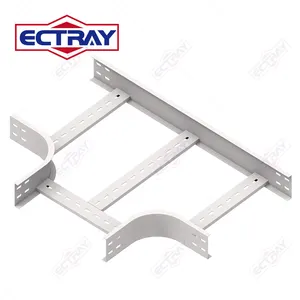
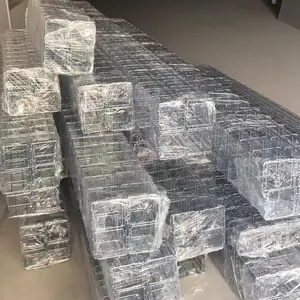







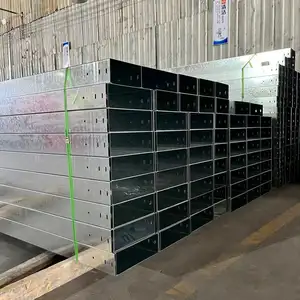



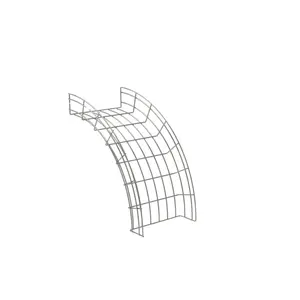















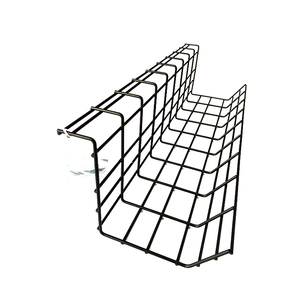




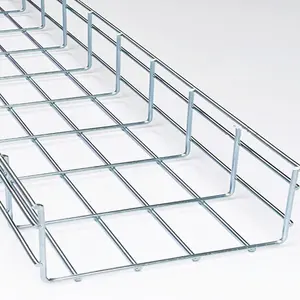


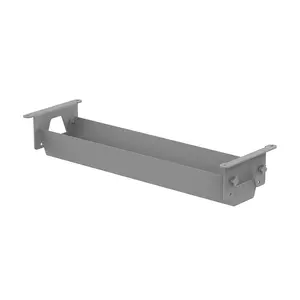








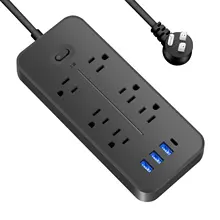

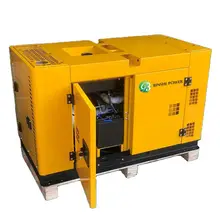























 浙公网安备 33010002000092号
浙公网安备 33010002000092号 浙B2-20120091-4
浙B2-20120091-4